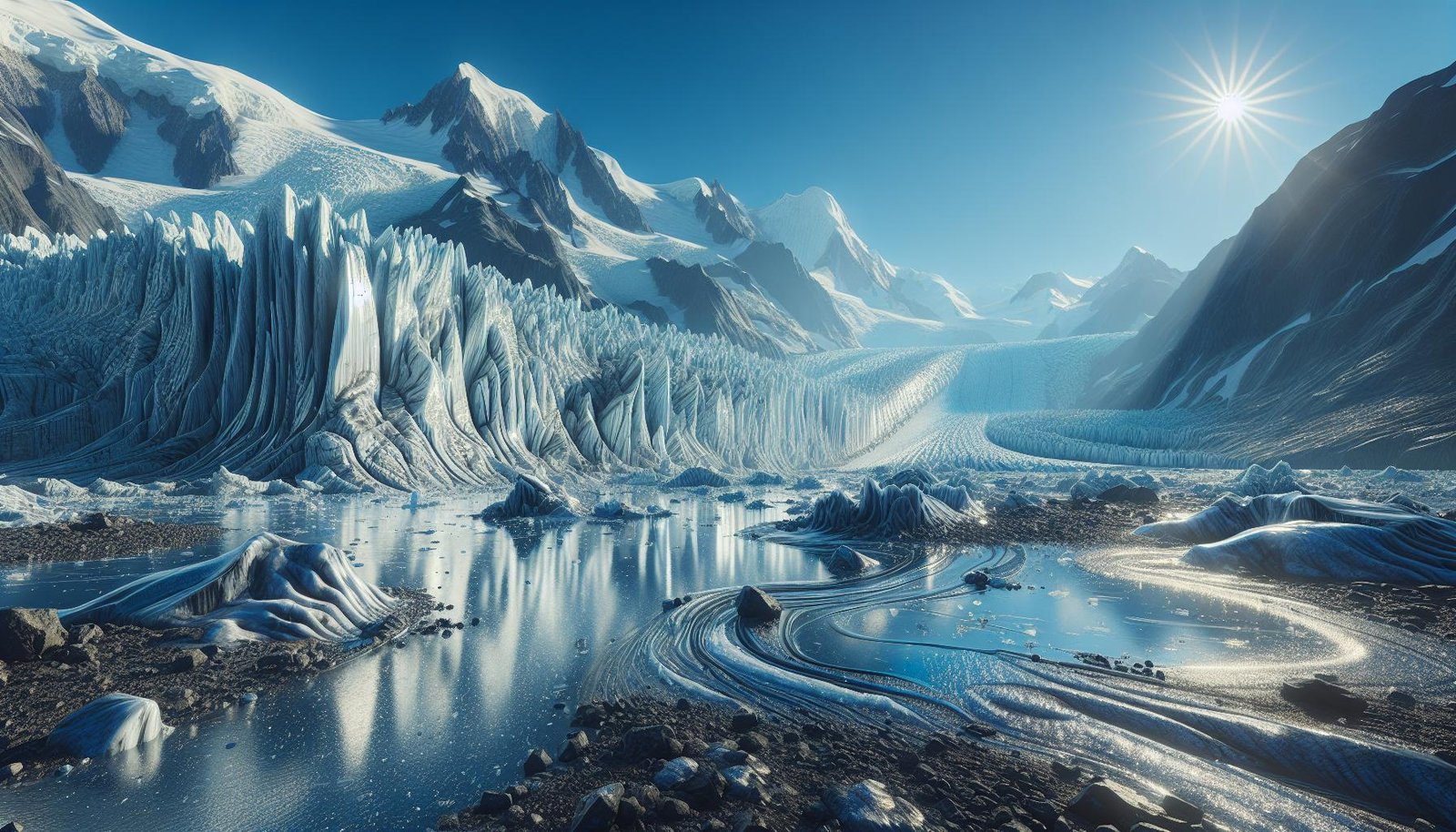
Global policymakers have raised a red flag on the rapid melting of Andean glaciers, warning that this alarming trend poses a serious threat to the water supply of approximately 90 million people across the region. Often dubbed ‘the water towers of South America,’ these glaciers are crucial regulators of the region’s hydrological systems. As they continue to shrink, the ripple effects could be disastrous—not just locally but globally, emphasizing the urgent need for sustainable actions on climate policies.
Understanding Andean Glaciers and Their Importance
Glaciers are massive ice formations that accumulate snowfall over centuries, slowly moving under their own weight. The Andes, running along the western edge of South America, host thousands of glaciers. These glaciers act as reservoirs, storing a significant quantity of freshwater that gradually releases, sustaining rivers and streams during dry seasons. This natural cycle is vital for agriculture, drinking water, and hydroelectric power generation. With these glaciers now retreating at accelerated rates, expert assessments indicate that millions could face water scarcity Wikipedia – Andes.
Scientific Insights into Glacier Melt
The reasons behind glacier shrinkage are rooted deeply in climate science. Global warming—caused by increased greenhouse gases such as carbon dioxide and methane in our atmosphere—plays a central role. These gases trap heat, similar to how a greenhouse maintains its warmth, raising global temperatures. The glaciers in the Andes are particularly vulnerable because of their location in tropical and subtropical zones, where even slight temperature increases can have exaggerated impacts Wikipedia – Greenhouse Gas.
Research suggests that over the last few decades, Andean glaciers have been losing ice mass more quickly than ever. Reports show a decrease of about 30% in volume over the past century. This rapid melt not only threatens water supplies but also contributes to rising sea levels, further exacerbating global warming ScienceDirect – Andean Glaciers.
The Implications of Shrinking Glaciers
As these ice masses recede, regions dependent on glacier-fed rivers face the risk of water shortages, particularly during dry spells. Farmers who rely heavily on irrigation from glacier-fed streams could see reduced crop yields, affecting local food security. Additionally, cities like Lima, which depend on such water systems, might need to explore alternative, potentially less sustainable, water sources.
Hydroelectric power—responsible for a significant portion of South America’s energy—also stands to be impacted. Lower water volumes could reduce energy generation, necessitating shifts to other forms of electricity, possibly including options that are less environmentally friendly.
Political and Social Challenges
Addressing the issue of melting glaciers involves more than just scientific understanding; it requires significant policy interventions. Policymakers worldwide are urged to enact strategies to combat climate change. Yet, striking a balance between economic growth and sustainable practices remains a complex challenge.
South American countries must cooperate globally to implement rigorous emission reduction targets and sustainable water management strategies. International aid and guidance will be crucial, given the shared interests in maintaining ecological stability UNFCCC – Paris Agreement.
Innovative Solutions and Sustainable Practices
Innovative solutions to counteract these challenges are gaining momentum. The development of advanced water management systems, such as artificial water reservoirs and improved rainwater capture techniques, offer promising alternatives. Furthermore, expanding renewable energy sources, including wind and solar power, can reduce dependency on hydroelectricity, curbing greenhouse emissions IEA – Renewables.
Educational programs emphasizing water conservation and sustainable agricultural practices could also mitigate the immediate effects of glacier melt. Community-led initiatives, supported by technology and government policies, can play a vital role in fostering resilience in vulnerable areas.
The Human Element: Stories of Impact and Adaptation
Beyond numbers and policies, the story of Andean glaciers is deeply human. It involves the communities that have thrived for generations in harmony with nature, now facing the challenges of rapidly shifting climates. Farmers, city dwellers, and indigenous groups narrate tales of resilience, innovation, and adaptation.
Local leaders emphasize the importance of safeguarding traditional knowledge and merging it with modern science to develop comprehensive solutions. Such integration not only reinforces community identity but also provides practical insights into sustainable coexistence with changing environments Nature – Human Glaciology.
Moving Forward: A Collective Responsibility
The plight of the Andes serves as a poignant reminder of our interconnectedness. The glaciers’ fate isn’t just a regional concern but a global issue requiring concerted efforts from all nations. As policy decisions shape future outcomes, the emphasis must be on sustainable practices, scientific advancements, and cooperative willingness to act decisively.
By acknowledging the scope of the Andean glacier dilemma and choosing proactive solutions, policymakers, scientists, and communities can collectively safeguard the futures of millions. This shared responsibility extends beyond borders, binding us all in the endeavor to protect our planet for subsequent generations.
In conclusion, as we face the ongoing changes our environment undergoes, the importance of global collaboration, education, and innovation remains unequivocal. Sustaining our precious natural resources is not solely a local concern; it’s a holistic effort that speaks to the very survival of ecosystems across the world and the millions who depend on them.
The post Shrinking Andean Glaciers: A Global Warning for Water Supply Crisis appeared first on Green.org.














